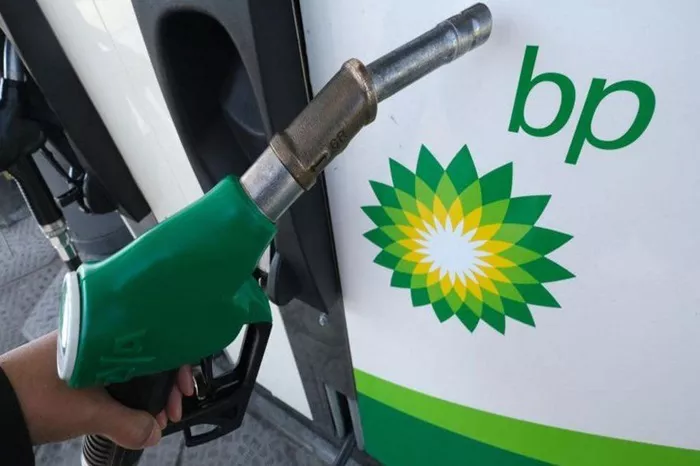Almost five years after BP launched an ambitious strategy to transform from an oil giant to a low-carbon energy leader, the British company is reversing course. With its share price under pressure and investor concerns mounting over future profits, BP is now pivoting back to its oil and gas roots, aiming to rival competitors with growth-driven plans in traditional energy.
BP’s move is part of a broader industry trend. Shell and Norway’s state-controlled Equinor are also scaling back their energy transition efforts, adapting to new realities in the wake of Russia’s invasion of Ukraine and a downturn in renewable energy profitability. Rising costs, supply chain challenges, and technical issues—particularly in offshore wind—have eroded the economic viability of many renewable projects.
BP’s CEO, Murray Auchincloss, plans to invest billions into new oil and gas developments, including in the U.S. Gulf Coast and the Middle East, to boost returns and improve performance. As part of this strategy, BP has slowed its low-carbon efforts, halting 18 hydrogen projects in early stages and scaling back its wind and solar operations. The company also recently cut its hydrogen team by more than half, to just 40 staff in London, sources told Reuters.
While a BP spokesperson declined to comment on the layoffs, concerns are rising internally. Employees questioned whether BP retains enough experienced staff to successfully transition back to its traditional oil and gas business. In an October town hall meeting, Auchincloss assured staff that BP would increase oil and gas production, undoing the strategy of former CEO Bernard Looney, which focused on ramping up renewable energy assets and cutting emissions.
Some employees, however, expressed doubts about BP’s ability to ramp up output after shedding hundreds of upstream division workers since 2020. BP did not comment on the town hall discussions.
Meanwhile, Equinor has launched a review of its low-carbon business, REN Adjust, which has led to the scrapping of several early-stage projects in favor of more advanced offshore wind initiatives. Despite these changes, the company remains committed to low-carbon investments, particularly in biofuels, which executives believe can deliver profits faster.
Similarly, BP, Shell, and Equinor are continuing to develop some offshore wind projects already in progress and have expressed interest in expanding hydrogen ventures, particularly to reduce emissions from their refining operations. “What we’re finding with our transition growth businesses is that we need to expect the same level of returns as we do from our historic businesses if we’re going to deploy material capital over time,” Auchincloss explained.
In contrast, TotalEnergies has maintained a strong commitment to low-carbon investments, outpacing its European rivals in renewable energy capacity.
The slowdown in energy transition efforts by major oil companies coincides with a grim forecast from the United Nations, which predicts the world will miss its 1.5-degree Celsius climate target. This could mean significant revisions to emission reduction goals across the industry, according to analysts.
The shift toward oil and gas investments raises further questions about the long-term viability of fossil fuels. The International Energy Agency predicts that global oil demand will peak by the decade’s end, driven in part by the rise of electric vehicles. As fossil fuel consumption faces growing uncertainty, the European oil giants are under scrutiny. Their shares have underperformed compared to U.S. rivals, even as climate-focused investors express concern over the retreat from renewables.
Analysts stress the importance of clear incentives for management, a strong mandate from shareholders, and a demonstrated value in transition plans. “BP, for instance, remains caught in the middle, struggling to balance low-carbon investment with shareholder expectations,” said Rohan Bowater, an analyst at Accela Research.
Related topic:
Dangote Refinery to Supply 60 Million Litres of Petrol Weekly

